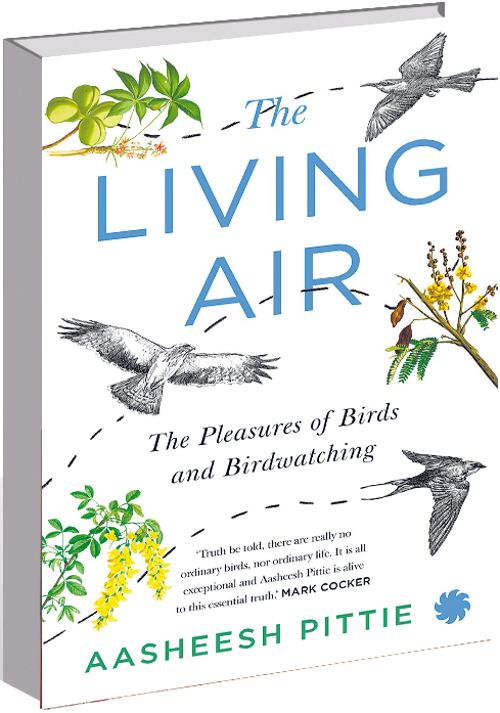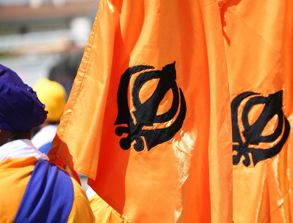The Living Air: The Pleasures of Birds and Birdwatching by Aasheesh Pittie. Illustrations by Sangeetha Kadur. Juggernaut. Pages 278. Rs 599
Book Title: The Living Air: The Pleasures of Birds and Birdwatching
Author: Aasheesh Pittie
Mahesh Rangarajan
Aasheesh PittiE got a copy of Salim Ali’s ‘Book of Indian Birds’ in 1978 and got in touch with the latter’s nephew, veteran birder Zafar Futehally, a year later. The young Pittie paid up for a subscription for the ‘Newsletter for Birdwatchers’, published every two months. “I was sold, birds fascinated me,” he writes.
Over four-and-a-half decades on, so are we, if not by birds (not every reader is), but by his manner of telling. This is a rare book which is an easy read. There are nearly 50 pieces and though written at different times, these are organised much like the symphony of a bird song. Birds and birding, the birders themselves and finally the author’s own tryst with birding are each a self-contained section.
There is the joy of birds in many habitats and with widely varying habits, from water birds to raptors, and the rare to the commonplace. There is an important distinction between counting bird species and making lists. The watcher does not just look at birds, but enjoys studying them. How they flock and migrate, what they feed on and their interface with humans. Our manifold impact emerges ever so well in this work.
A tryst with Jerdon’s Courser brings us face to face with the grim reality: the sixth extinction worldwide driven by humanity’s increasing environmental footprint is no stranger to Indian ecosystems. Not seen since 1900, it was found alive and well in small numbers by Dr Bharat Bhushan in 1986.
In a despatch to the ‘Newsletter’ from Rollapadu sanctuary in Andhra Pradesh, 12 years later, Pittie would write of how they saw the bird briefly in pitch black night. “The needle glinted in the haystack… We had seen the rarest bird in India, on one of the oldest geological real estates in the country, indeed even in the world.”
Even as you read these lines, the country is struggling to save from extinction its heaviest land bird, the Great Indian Bustard. The author asks if we can ever afford to lose it. The journey to see and study the species is backed up with a sobering thought. It is as important to life on earth as the tiger or an earthworm. “The bustard stands for the well-being of our grasslands... it strides through a nation that gave character to my nation and to my brotherhood of Gujjar, Maldhari and Bishnoi.”
More than once, this book evokes memory of the late naturalist M Krishnan, who for half a century till 1996 wrote of fauna and flora but saw wonder in creatures small as much as great, with the mynah or the parakeet as engrossing as the great animals of the forest.
Where Pittie emerges as today’s standard-bearer of vintage natural history is when he sees the spectacular in the ordinary. In a country obsessed with elephants, other mega fauna and stately forests, he speaks for a growing tribe in metro, town and countryside alike of those who enjoy nature at the doorstep and in the backyard. Where else would we read of the call of the grey partridge as “Teetar teetar teetar”, as opposed to that of the painted partridge whose cries resemble the now justly deemed unhealthy, “Pan beedi cigarette”. Salim Ali had argued once that the black partridge almost sounded like “Pyaaz lassan adrak”.
A joy of reading such a work is that the language is simple, with a mild air of self-deprecation, but always an alertness not to birds, but when they were seen and how. The writings begin in a now all-too-easily forgotten analog age with cameras and paper notebooks, a bird guide in the knapsack and a postcard or a letter to a friend to seek counsel on identification. By 2023, we are in a full-blown digital age when a cellphone can be used to call out a bird from the bush, the picture and bird song identified via the web and the larger fraternity informed forthwith of a sighting.
Yet, as is clear, nothing but nothing can replace “the original activity of the birdwatcher”. The book is a befitting celebration of awareness of nature, an ode to the bird and birder alike. Not to be missed.














